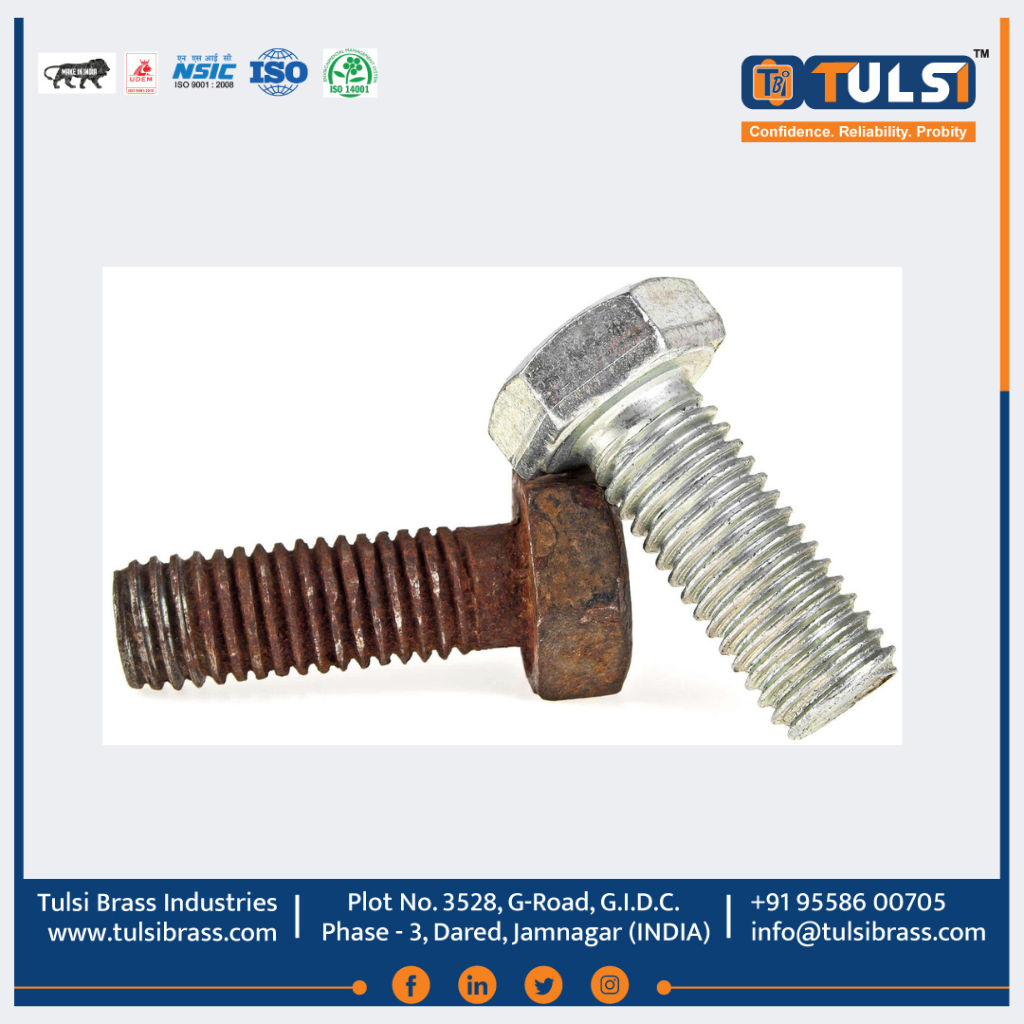Understanding Fastener Corrosion: Causes, Prevention, and Solutions
In the world of construction and engineering, fasteners play a critical role in holding structures and equipment together. However, one of the most significant challenges that fasteners face is corrosion. Corrosion can weaken the integrity of fasteners, compromising the safety and longevity of any project. In this comprehensive blog post, we will delve into the intricate world of fastener corrosion. We will explore the various factors that contribute to corrosion and discuss effective prevention and solution strategies. Whether you’re a professional in the construction industry or a DIY enthusiast, this article equips you with the knowledge needed to tackle fastener corrosion effectively.
1. The Factors Behind Fastener Corrosion
Fastener corrosion is influenced by a multitude of factors, each capable of accelerating the degradation process. Understanding these factors is crucial in formulating effective prevention and mitigation strategies. Let’s take a closer look at some of the key contributors to fastener corrosion:
a. Environmental Conditions
Environmental conditions such as humidity, temperature variations, and exposure to corrosive elements can significantly impact fastener corrosion. High humidity levels create a moist environment that promotes the formation of rust and corrosion. Similarly, extreme temperature changes can cause expansion and contraction in fasteners, leading to stress and vulnerability to corrosion. Furthermore, exposure to corrosive elements like saltwater, acids, and chemicals can accelerate the corrosion process.
b. Material Selection
The choice of materials for fasteners is critical in determining their susceptibility to corrosion. Certain metals, such as stainless steel and titanium, possess inherent corrosion-resistant properties and are commonly used in environments prone to corrosion. On the other hand, materials like iron and regular steel are more susceptible to corrosion and require additional protection.
c. Galvanic Corrosion
Galvanic corrosion occurs when dissimilar metals come into contact in the presence of an electrolyte, leading to accelerated corrosion. This electrochemical process is driven by the difference in electrical potential between the metals, creating an anode-cathode relationship. Proper insulation or the use of galvanic isolators can help prevent galvanic corrosion and preserve fastener integrity.
2. Preventing Fastener Corrosion
Prevention is key when it comes to fastener corrosion. By implementing the following strategies, you can significantly reduce the risk of corrosion and enhance the lifespan of your fasteners:
a. Material Selection
Choosing the right materials is crucial in preventing fastener corrosion. Opt for materials with inherent corrosion resistance, such as stainless steel or titanium, especially in environments prone to corrosion. Additionally, consider coatings or treatments that provide an extra layer of protection against corrosion.
b. Protective Coatings
Applying protective coatings to fasteners can provide a barrier against corrosive elements, extending their lifespan. Common coatings include zinc plating, hot-dip galvanizing, and organic coatings like epoxy or polyurethane. The choice of coating depends on the specific application and the level of corrosion resistance required.
c. Proper Maintenance Practices
Regular inspection and maintenance of fasteners are essential in detecting early signs of corrosion and preventing further damage. Implement a maintenance schedule that includes cleaning, lubrication, and torque checks. Promptly replace corroded fasteners to avoid compromising the integrity of the structure or equipment.
d. Design Considerations
Incorporating design elements that minimize the exposure of fasteners to corrosive elements can significantly reduce the risk of corrosion. This may involve using protective covers, gaskets, or designing structures in a way that prevents moisture accumulation. By considering corrosion prevention during the design phase, you can proactively address potential issues.
3. Innovative Solutions for Fastener Corrosion
In addition to traditional prevention methods, several innovative solutions can effectively combat fastener corrosion. These solutions offer enhanced protection and durability, ensuring the longevity of your projects:
a. Corrosion-Resistant Alloys
Using advanced alloys with superior corrosion resistance properties can provide long-lasting protection against fastener corrosion. Alloys like Inconel and Monel offer exceptional resistance to various corrosive environments, making them ideal for critical applications.
b. Organic Coatings and Nano-Coatings
Advancements in coating technology have led to the development of organic coatings and nano-coatings with superior corrosion resistance. These coatings form a protective layer on the fastener surface, minimizing the impact of corrosive elements and extending the lifespan of the fasteners.
c. Cathodic Protection
Cathodic protection involves creating an electrochemical environment that protects fasteners from corrosion. This technique uses sacrificial anodes or impressed current systems to direct the flow of corrosion away from the fasteners, ensuring their long-term durability.
Conclusion
Fastener corrosion poses significant challenges in the construction and engineering industries. By understanding the causes of corrosion and implementing effective prevention and solution strategies, you can protect your projects from the detrimental effects of fastener degradation and check Brass Fasteners. From material selection to proper maintenance practices and innovative solutions, there are various avenues to explore in the fight against corrosion. Say goodbye to costly repairs and compromised structure

